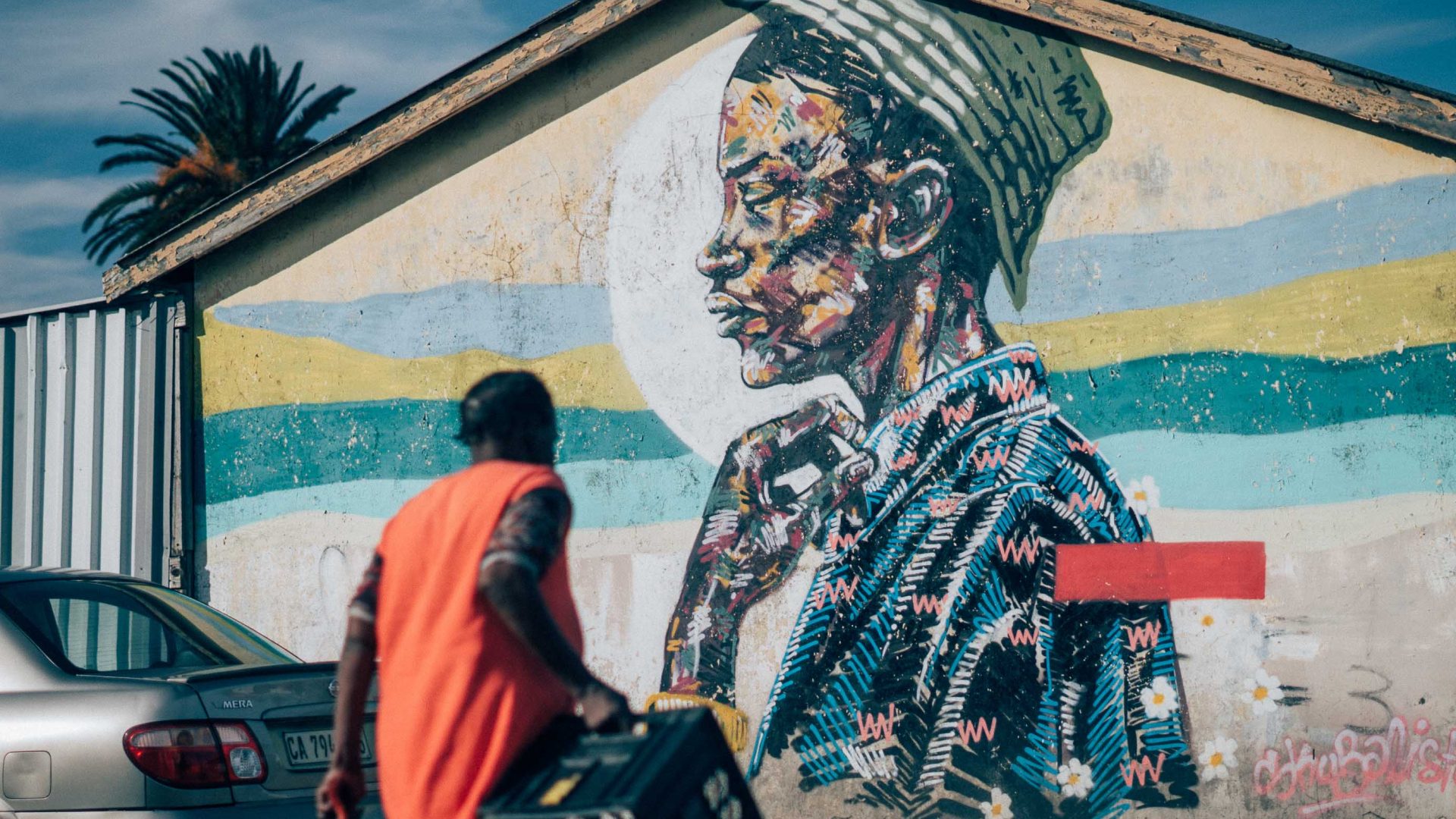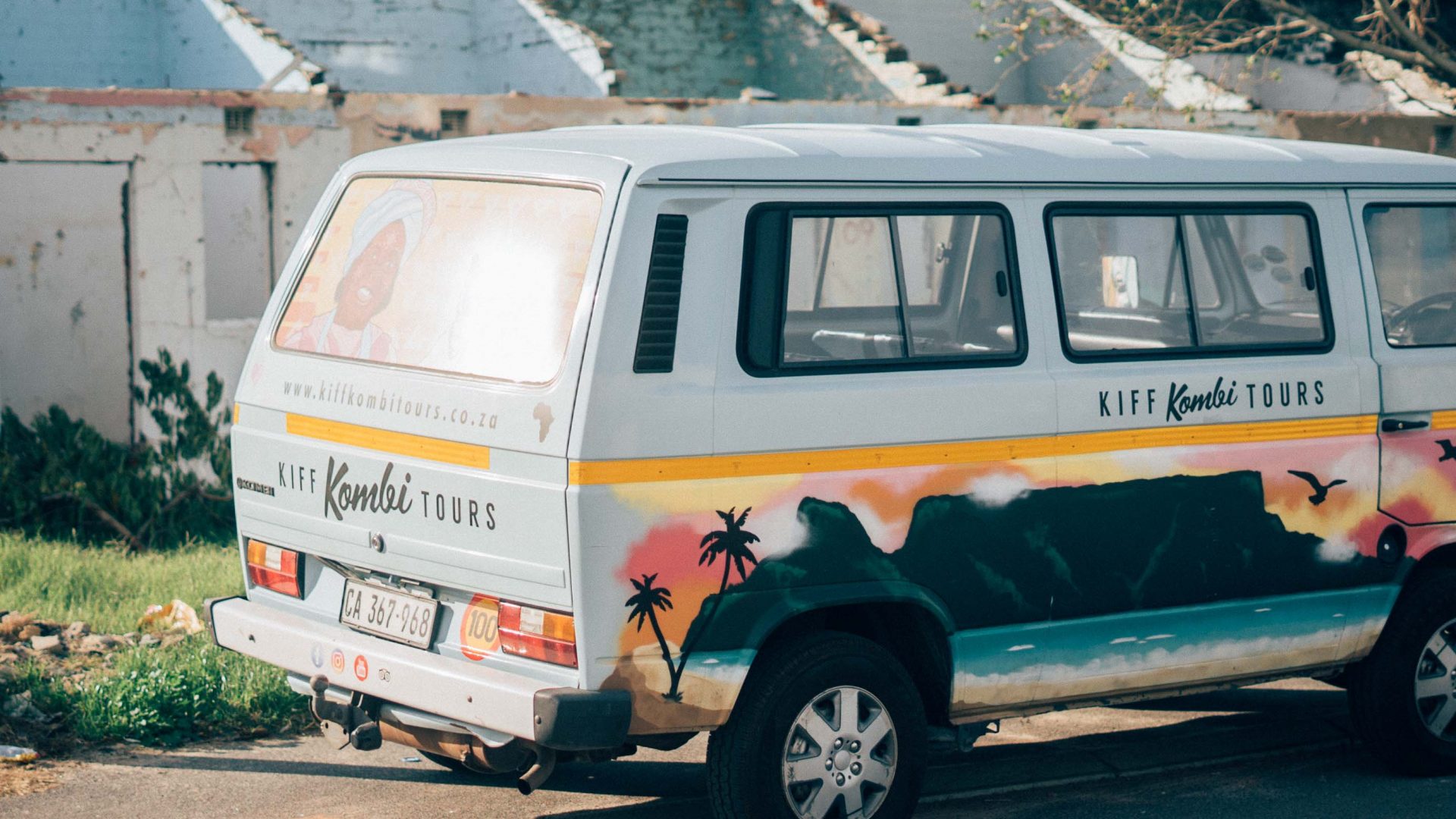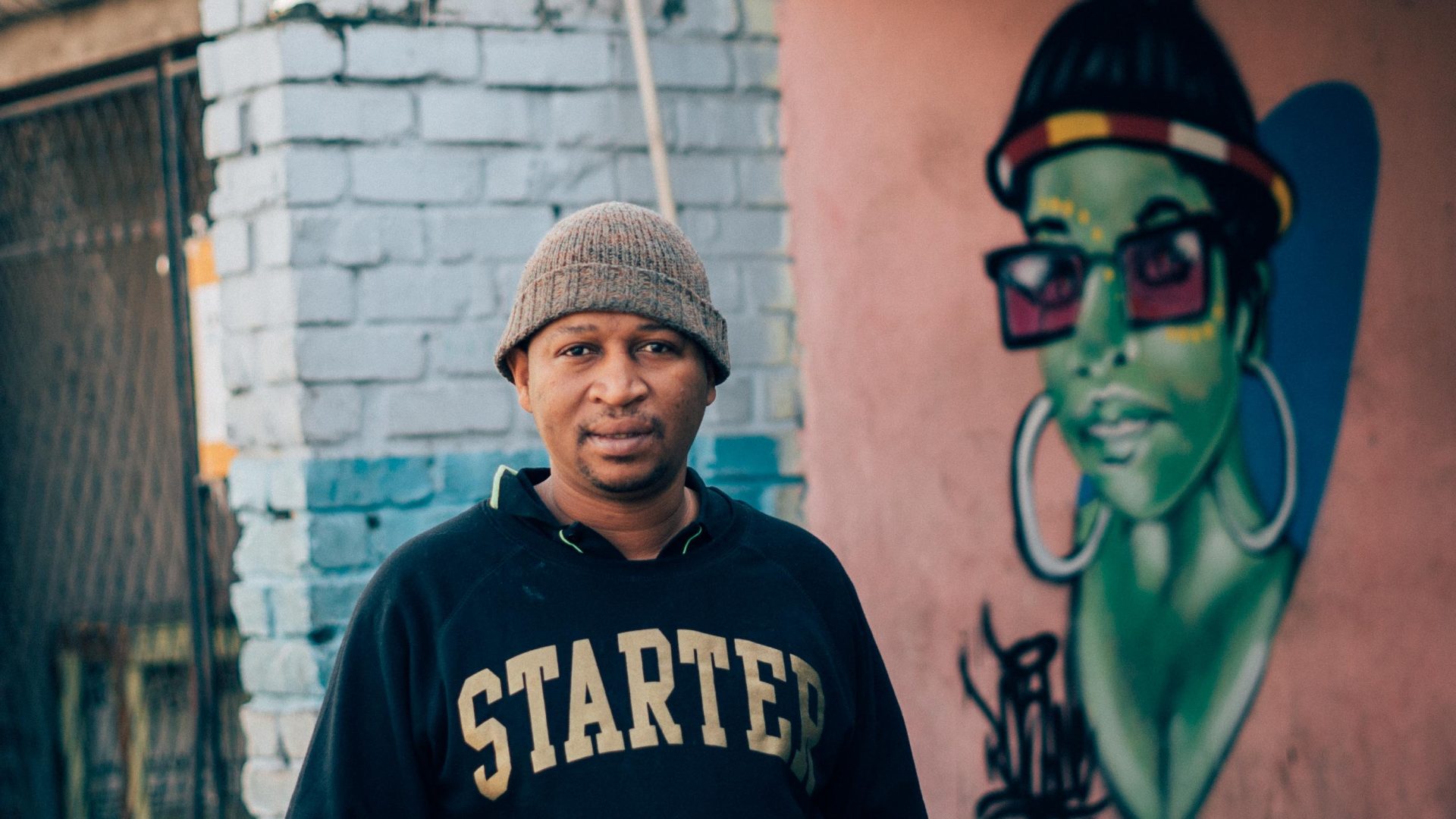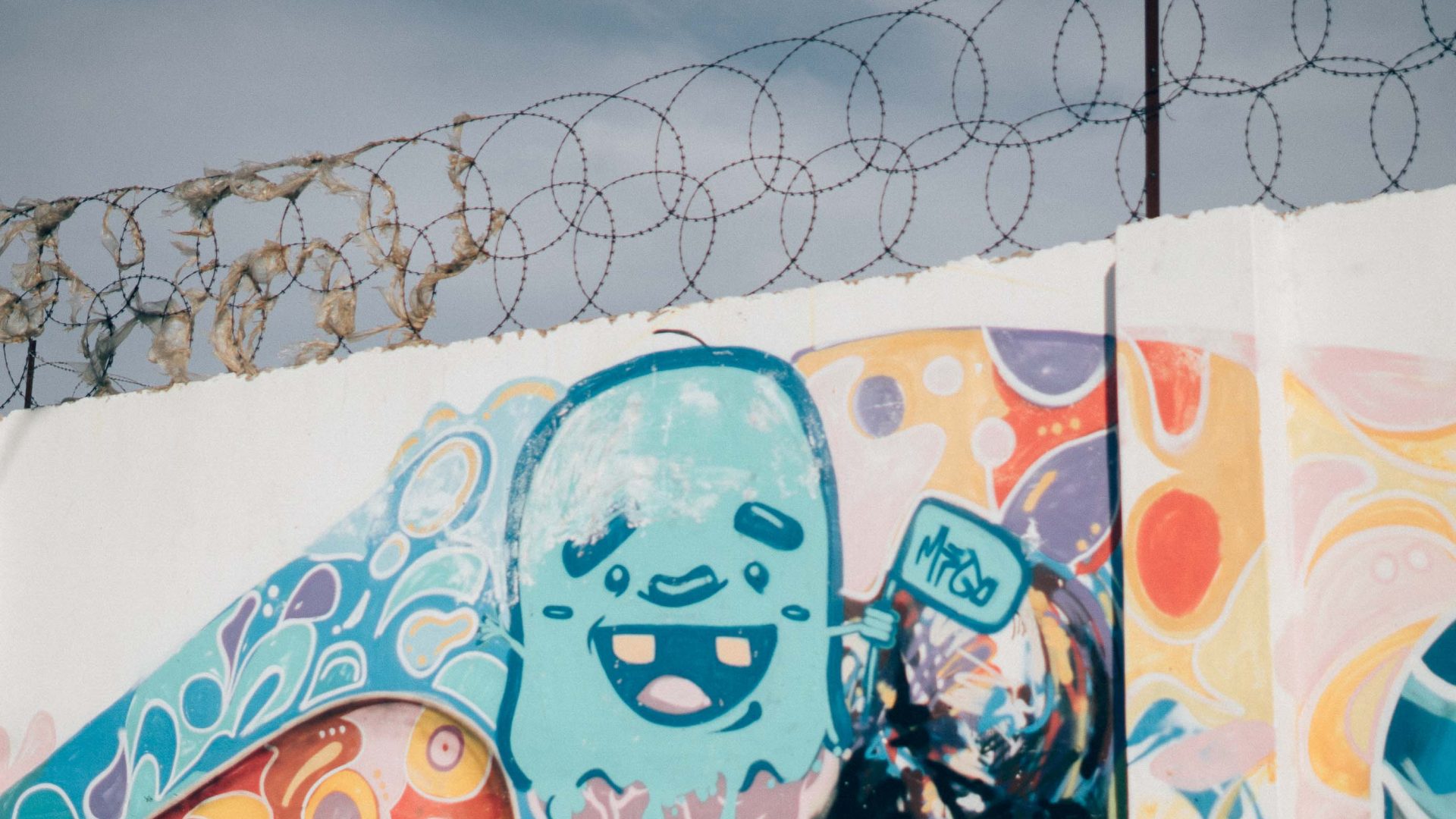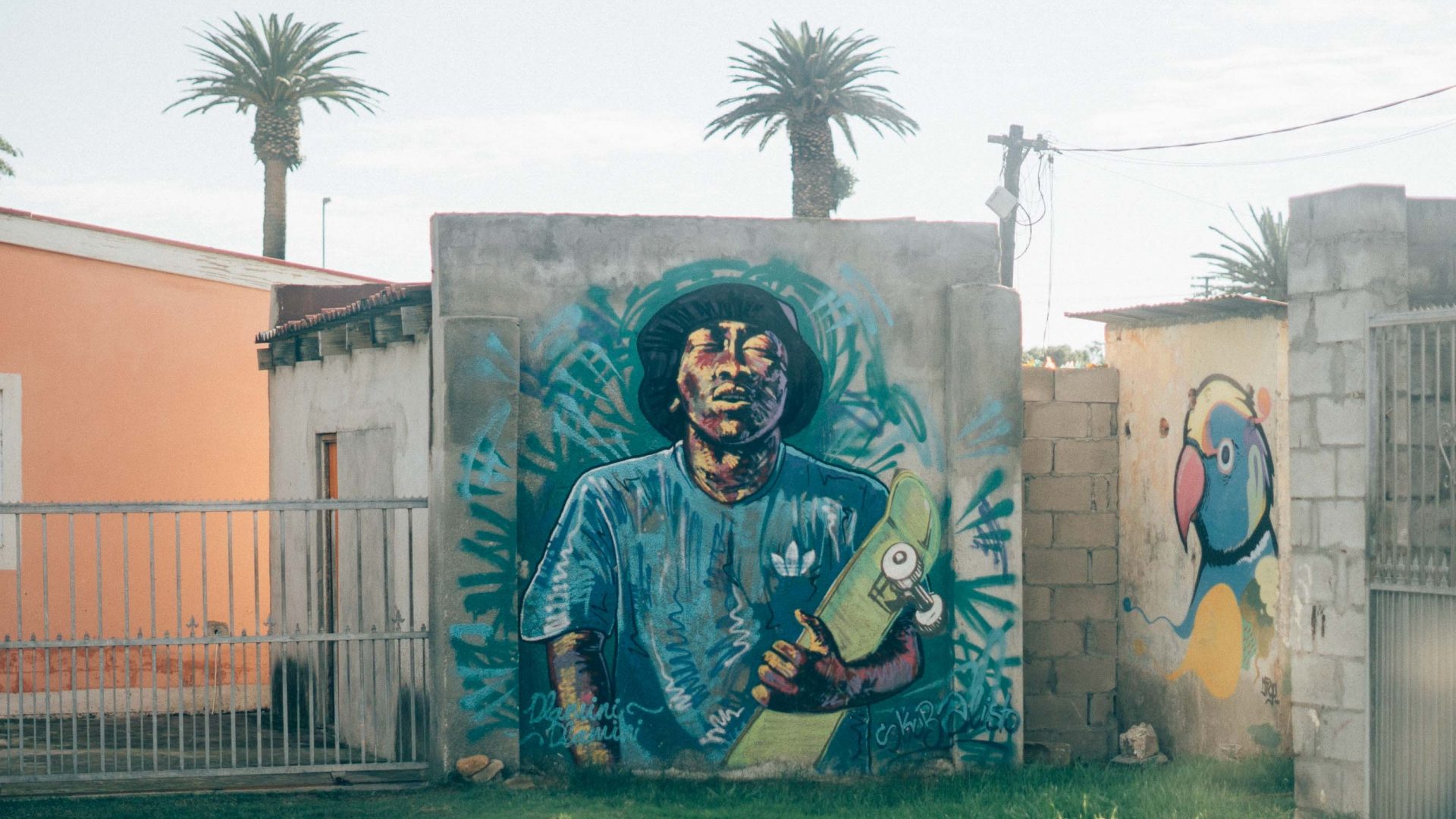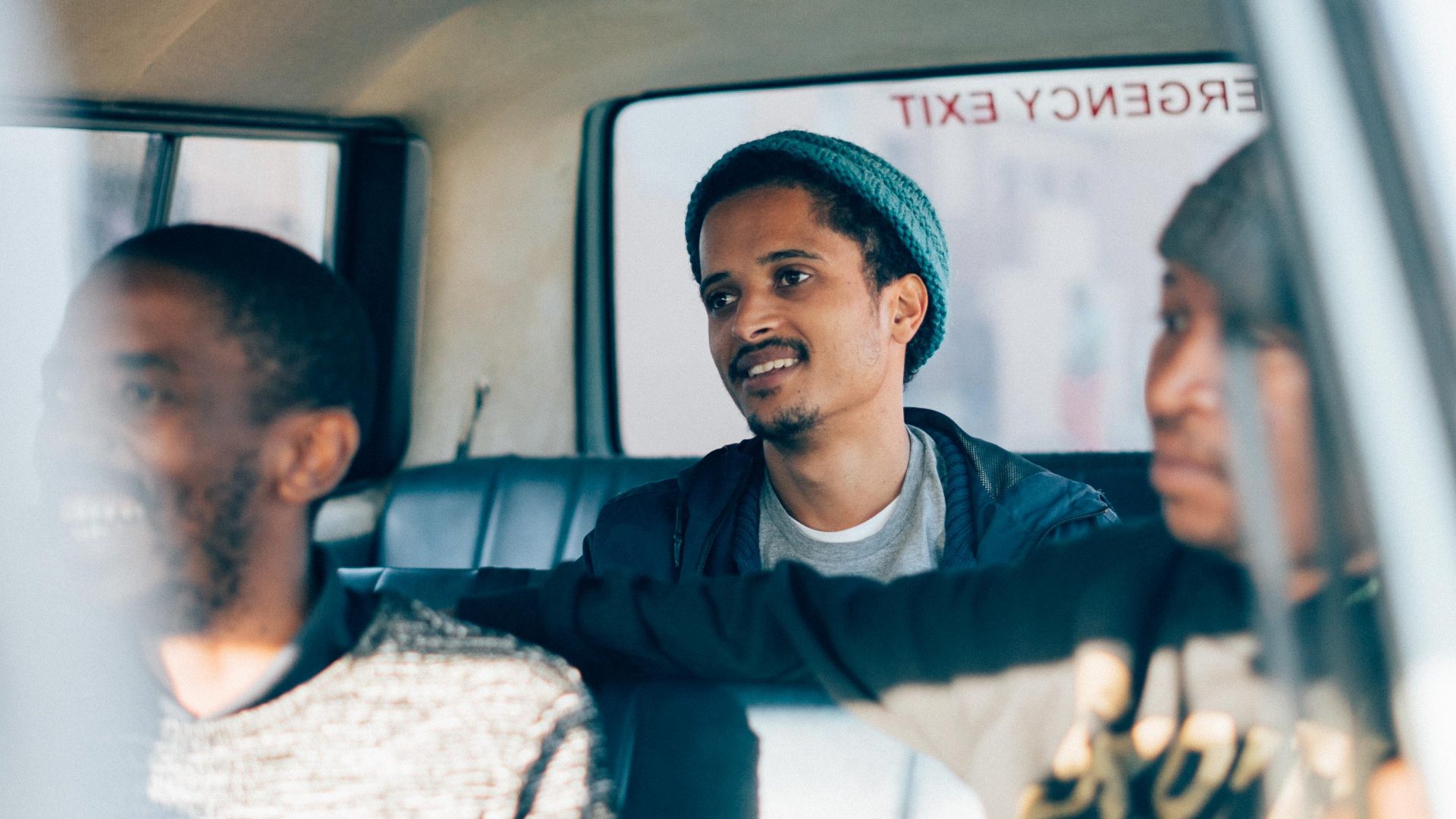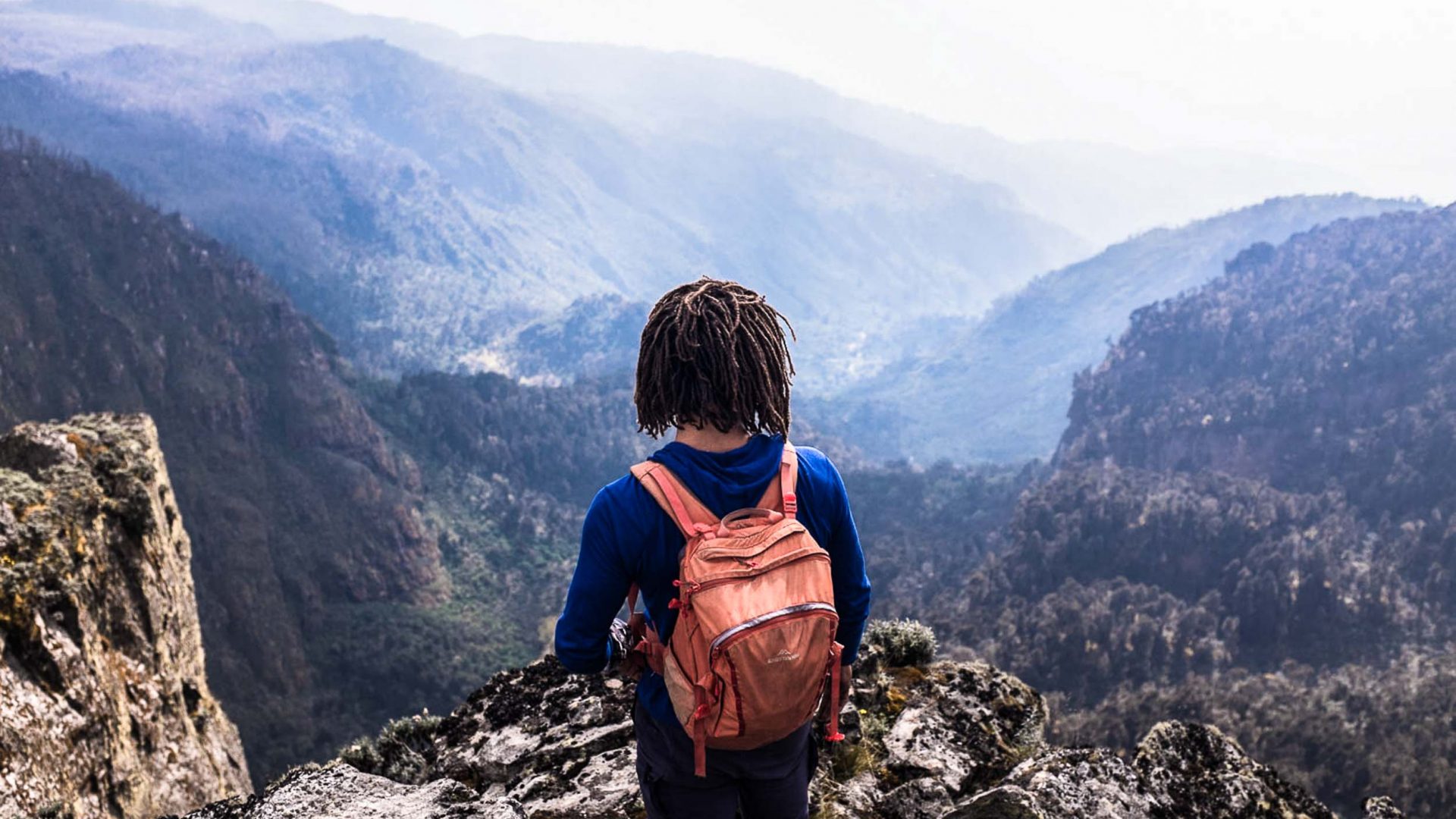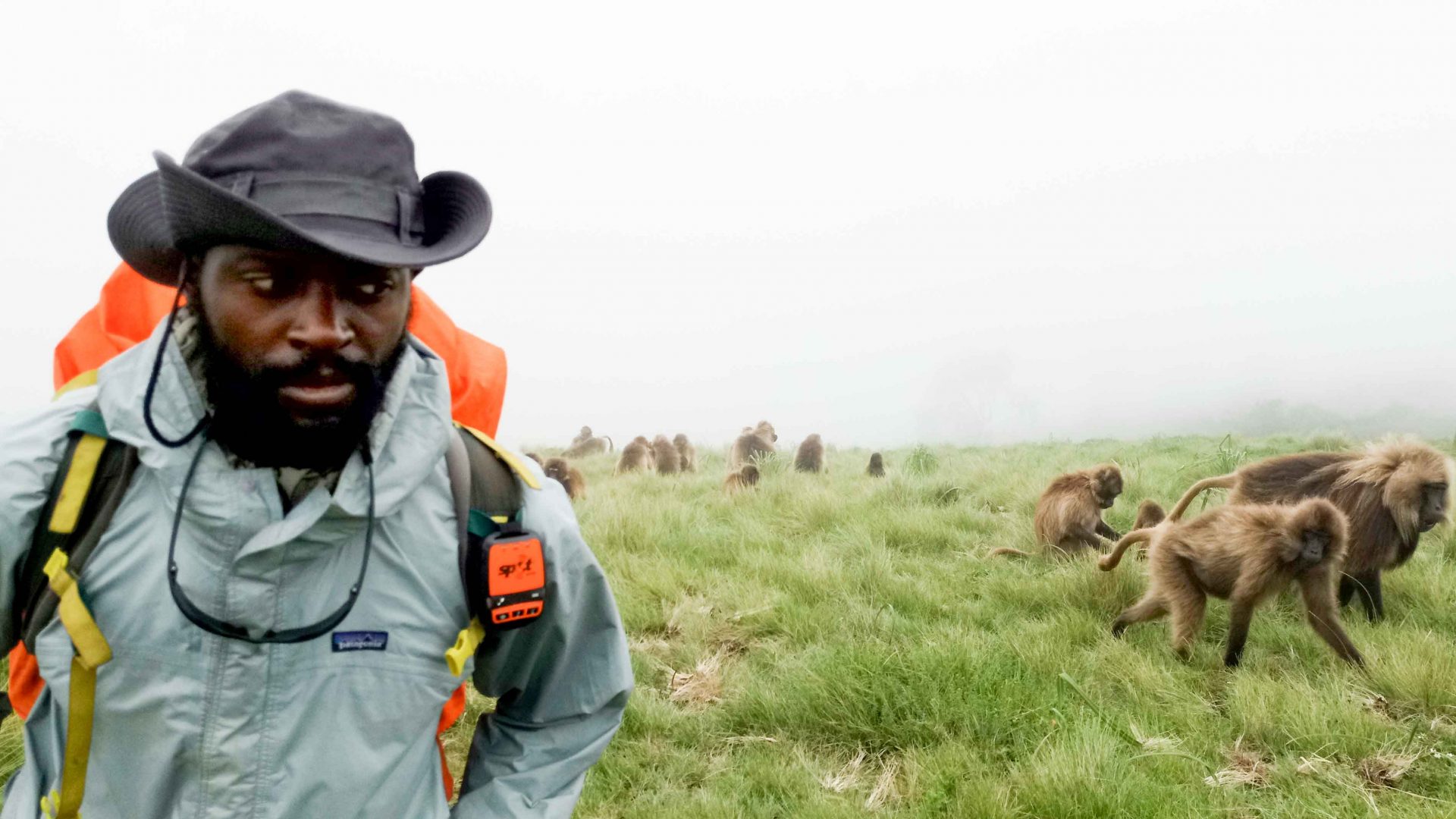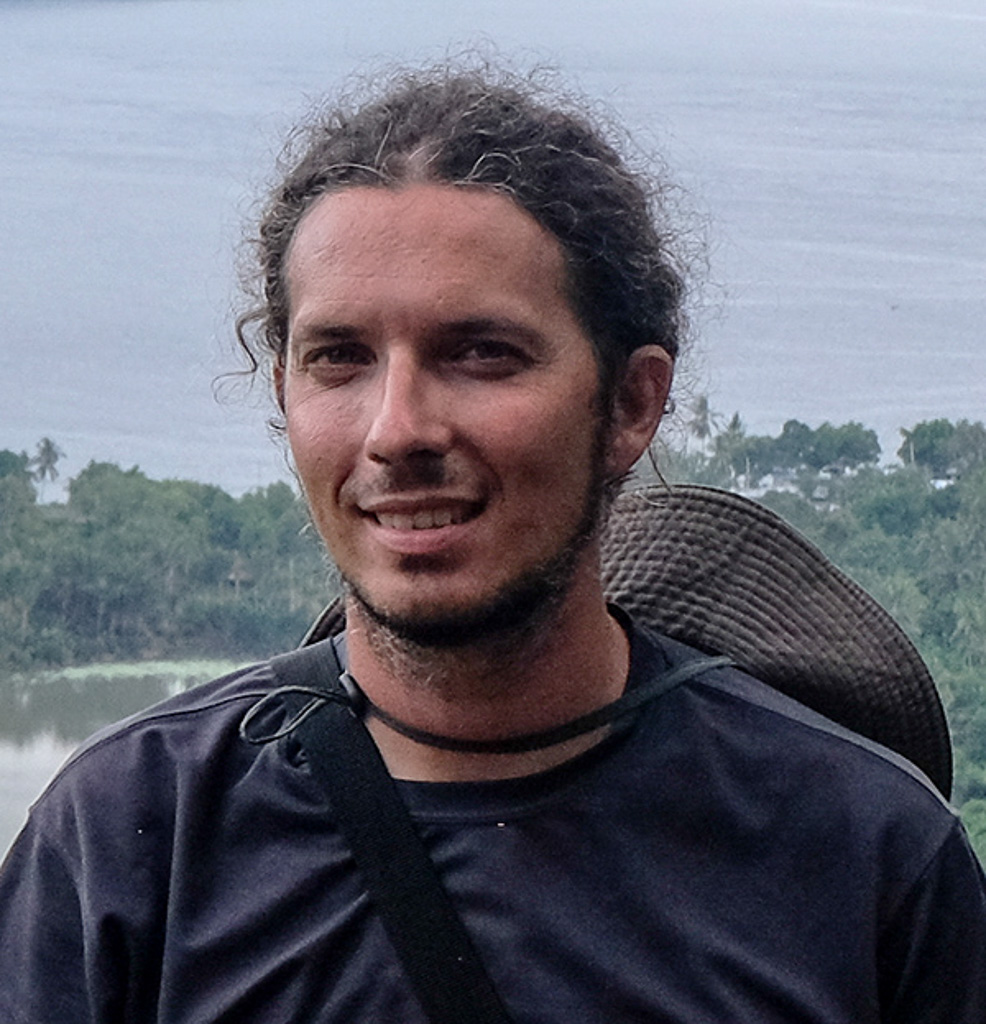In a Cape Town district almost untouched by tourism, graffiti culture is helping a new generation find their voice, and travelers are beginning to take note. Tayla Gentle visits the locals taking their township’s image into their own hands.
The township of Langa has always had something of a pioneering spirit. Back in March 1960, at the height of apartheid, a 23-year-old student led over 30,000 protestors through the streets of Cape Town. It was a turning point in South African politics—and it all started in Langa.
One of the country’s oldest townships, Langa was created in 1927 as a place of forced housing for black South Africans and has seen more than its fair share of resistance, massacre and more. But today, this sprawling cluster of brick, tin and timber is home to the voices of a new generation; a place of emerging art, cool homestays and welcoming bars.
One of those voices belongs to Thulani, a sharp-eyed local who’s essentially the unofficial mayor of Langa, by my estimations. He’s giving me the royal street tour, by foot and by kombi bus, and I can’t help but feel as if I’m on an official visit with the president.
RELATED: The Malaysian creatives putting their town on the map
As we’re shaking hands with wrinkled old ladies and high-fiving kids, like candidates on the campaign trail, Thulani explains that Langa has long been a place of revolution but it’s only beginning to become a destination.
In 2015, Langa found itself in the international spotlight when Red Bull brought its Amaphiko Academy, a social empowerment program, and a bunch of the world’s best graffiti artists, to the township. It was the first time Langa had been seen as more than just an apartheid-era housing estate—and it was all thanks to its graffiti culture.
I’m not surprised when Thulani casually mentions that Denzel Washington has filmed a movie here (2012’s Safe House) and that the neighborhood around the corner birthed Cape Jazz, a genre of jazz specific to Cape Town. The Langa light at golden hour is a photographer’s dream and the salty sweet donuts from the local ‘McDonalds’ deserve Michelin-star recognition—they taste even better when eaten to the soundtrack of Afrobeat pumping from the stereos of passing cars. Langa oozes cool, and we haven’t even got to the art yet.
Almost every inch of Langa’s public wall space has been doused in color. National athletes are immortalized in huge murals, stencils of masked superheroes promise equality, and thirsty pink elephants bemoan climate change.
“Langa has been shaped by street culture,” Thulani says, as he hangs out the kombi window and pointing to a famous piece by local artist Falk One. “What you’re seeing right now is a breakdown of race. We want the young kids to know that there are no real colors except the ones on the wall.”
And by ‘we’, Thulani means his creative collective—a motley crew of Langa artists of all shapes, sizes and spray cans. We pick up one of the gang, Robane, from the local barbecue joint. He slides into the bus, wearing track pants and paint-splattered sneakers, and announces that after we’re done touring, he’s headed straight back for chicken. I don’t blame him; it smells like pollo perfection.
Robane is the original street artist of Langa. Back in the early 2000s, he was a lone graffiti ranger, working deep inside the gang-heavy shack areas, armed with an engineering degree and a bucket of paint from the hardware store.
He tells me that growing up in the Cape Flats was a rough ride, but one early mural of Tupac and Snoop Dogg changed his life. “I saw it and that was it, the fumes got me,” he says. “That piece stayed with me until high school when I found comics. Then bang, all of a sudden I was selling weed and CDs just to buy comics. Then I was buying paint. Then I was buying cans. I’ve never looked back.”
Reading my mind, Robane explains that the township has a huge respect for graffiti and the art is almost never vandalized. “I do a lot of lettering and will sometimes throw up the names of local kids,” he says. “They love it because it makes them feel like they own a part of the town.”
RELATED: The life and times of Japan’s most influential artist
He tells me the story of a man who once gave permission for his mother’s house to be painted. At first his mother was mad, and tried to scare the artist away. But as she saw the artwork come to life, she grew to love it. Ten minutes later, we’re walking past that very house and I get a bit choked up when I see the tagline, which reads: ‘Every hero was once a child with a dream’.
It’s obvious that Robane and Thulani genuinely care about the upcoming generation. And you can’t help but be inspired by the way they speak about making art accessible for young people. One of those bright young things is Jonny Koel. Softly spoken and wearing a green knit beanie, he tells me that graffiti introduced him to finer arts and architecture, and has led him to a degree in animation.
Unlike Robane, Jonny was initially resistant to the underground graffiti world. He says he would have preferred to paint under the pseudonym of a woman rather than identify with what he thought was an ego-driven, macho culture. But he came to the realization, pretty quickly, that Langa’s art culture is different.
Jonny calls graffiti “the beautification of Langa”. In a place where most people can’t afford art, the likes of Robane, Jonny and Thulani are bringing it to the people. What’s more, they’re helping fuel change too.
Langa is still, in no way, at the top of travelers’ South Africa bucket lists. But times are changing. The township is blossoming, the art is inspiring, the Airbnbs and the shebeens (local bars) have never looked so welcoming, and Thulani—with the help of his his creative collective—is ready to show it off to the world.
—-
